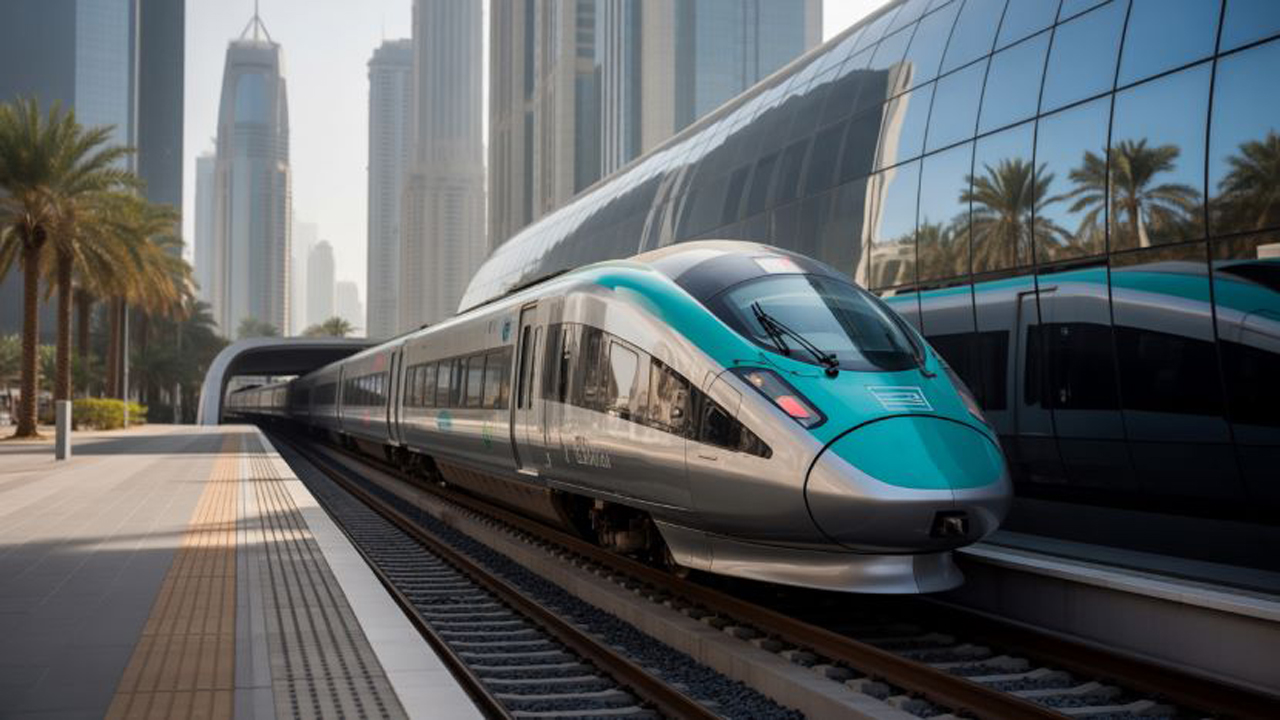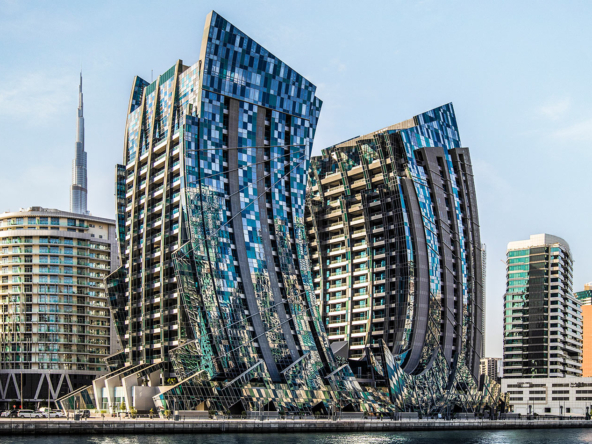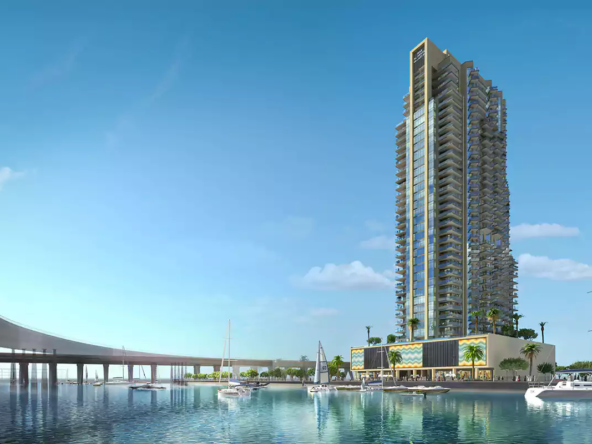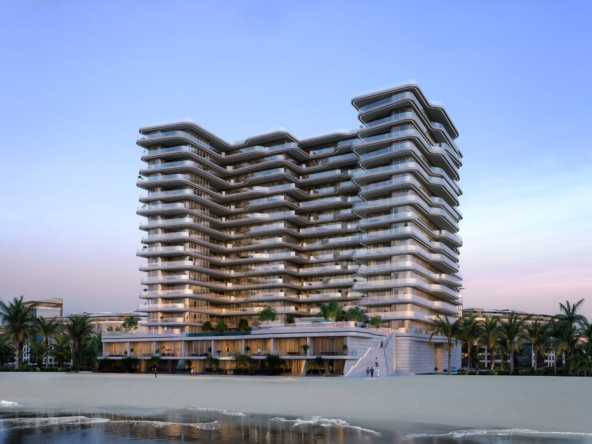The launch of Etihad Rail marks a pivotal moment for the UAE—one that promises transformative benefits for real estate, tourism, trade, and the economy at large. This cutting-edge rail network will redraw the nation’s connectivity map, opening new corridors and reshaping how people and businesses move and interact across the Emirates.
Firas Al Msaddi, CEO of fäm Properties, one of the UAE’s leading real estate firms, sees the project as far more than steel tracks and stations. Comparing it to Japan’s Tokyo–Osaka Shinkansen, which fuelled explosive metropolitan growth, Al Msaddi believes Etihad Rail will boost property values, refresh tourism flows, and streamline commerce, making every corner of the country more accessible and appealing.
Speed and Connectivity
One of Etihad Rail’s greatest advantages is the dramatic reduction in travel times between major Emirates. Journeys like Dubai to Fujairah—once a two-hour drive—will be cut to just 50 minutes. This leap in connectivity will transform the movement of people, goods, and services, making previously distant areas viable for living, working, and investing.
For Al Msaddi, this is about more than transportation. It’s about productivity gains, lower opportunity costs, and a complete rethink of how value is distributed across the UAE. The network’s seamless links will benefit residents, tourists, and businesses alike, encouraging exploration, commerce, and investment in underdeveloped regions.
Tourism Reimagined
Etihad Rail will redefine domestic and international tourism. Fujairah will shed its “far edge” perception to become the eastern gateway of the UAE, while cities like Al Ain will emerge as attractive bases for visitors who can now reach Abu Dhabi or Dubai in under an hour. Weekend escapes, second homes, and short leisure trips will become increasingly practical for residents, while overseas visitors will enjoy easy, multi-destination itineraries.
Economic and Real Estate Ripple Effects
Global precedent shows the potential: in Japan, cities along bullet train routes saw commercial land values climb over 40% and housing demand surge by more than 60%. The UAE, building its system from scratch without legacy limitations, has the chance to go even further—creating a modern, tech-enabled transport backbone that supports sustainable economic growth.
As accessibility improves, tier-2 cities like Fujairah, Al Dhaid, and Ruwais are set to rise in prominence, attracting both residents and commercial development. Transit-oriented communities are likely to emerge near key stations such as Sharjah’s University City and Fujairah’s Sakamkam, featuring walkable, mixed-use developments that blend living, work, and leisure.
Boost for Business and Investment
For businesses, faster travel means more opportunities. A salesperson in Sharjah could now meet clients in Abu Dhabi and Dubai in the same day—without losing hours to traffic. This efficiency will increase output, expand market reach, and stimulate investment. The decentralisation of corporate activity will spread growth across the Emirates, fostering new business hubs and economic diversity.
A Turning Point
Etihad Rail is set to do more than move people from point A to point B—it will redefine the UAE’s economic, tourism, and real estate landscapes. Reduced travel times will put hidden gems on the map, unlock fresh investment zones, and create vibrant new neighbourhoods. For commuters, tourists, and entrepreneurs alike, the benefits will be game-changing.
As the UAE steps into this new era of high-speed connectivity, the effects will ripple through every sector. New markets will open, investment opportunities will multiply, and the country’s economic future will be more dynamic—and more connected—than ever before.




